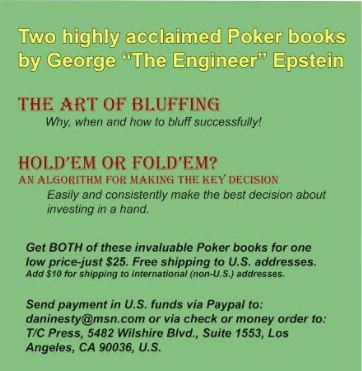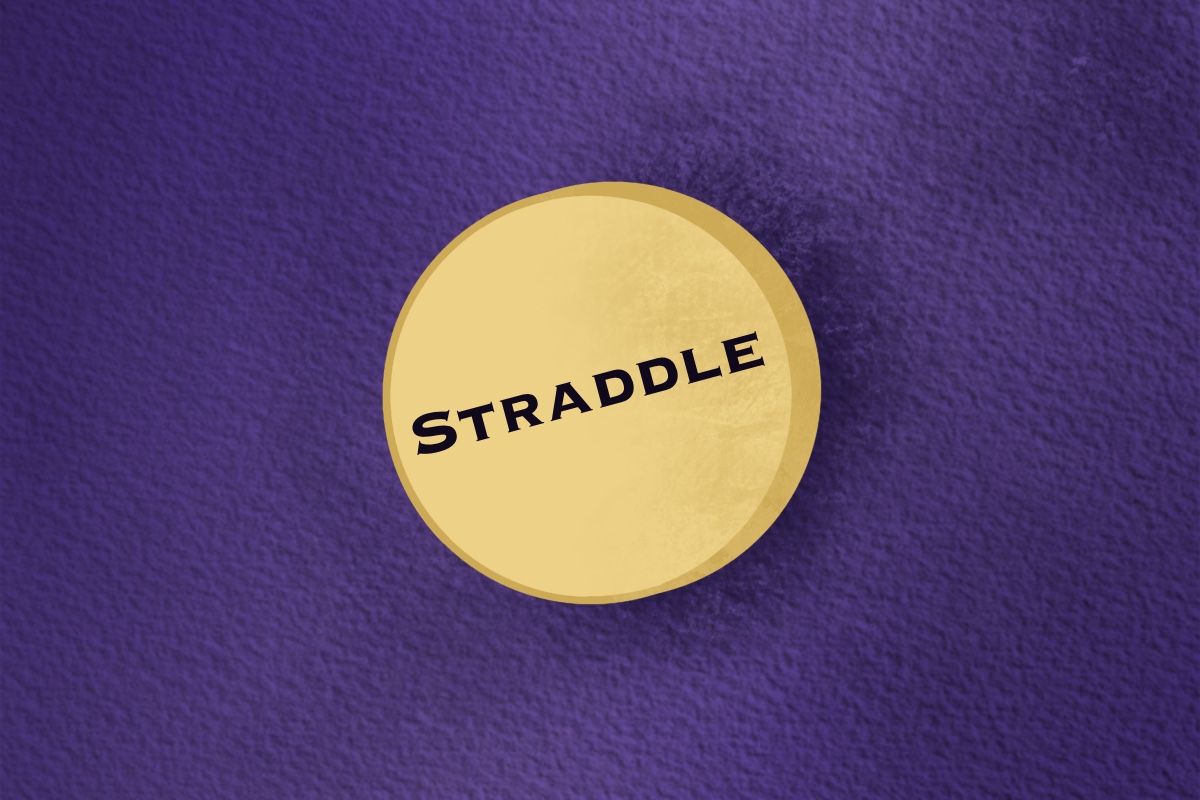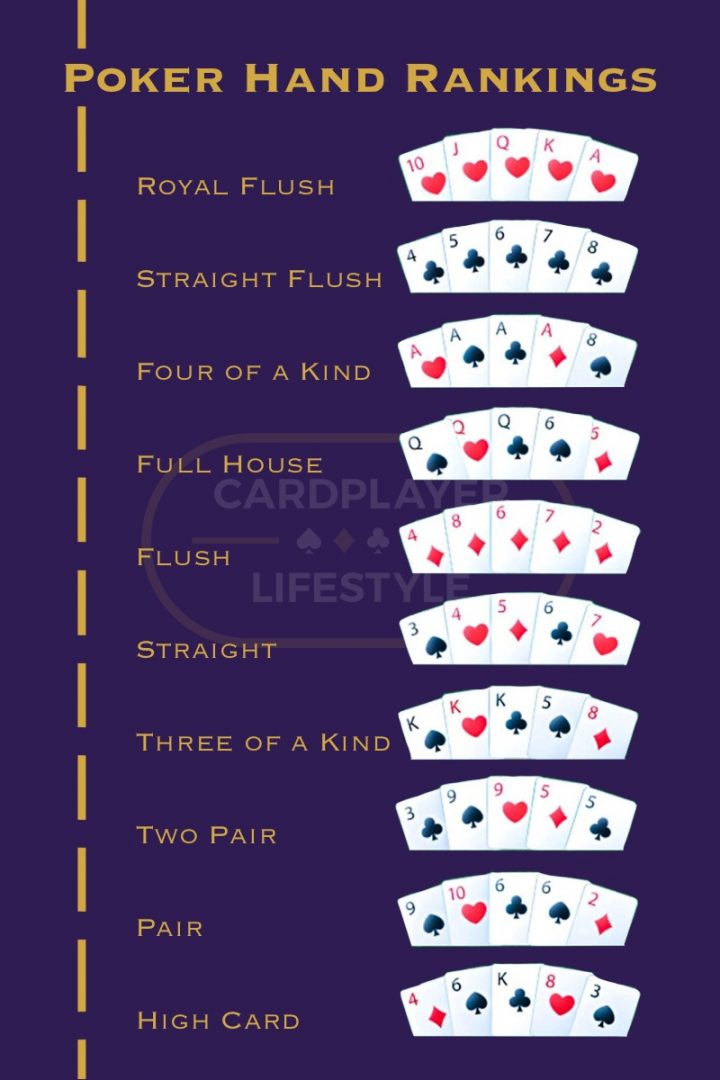Playing low/middle-limit Texas hold’em, your goal is to go home a winner. Being the best player – the most skilled – at the table will help. But, more likely, you will rank near the middle in the skill department; let us assume that is the case. With eight opponents vying for the same pots, the cost-to-play (house rake, Bad Beat Jackpot drop, and tip to the dealer), chances are you will not be able to realize your goal.
What’s the solution? You need to win the bigger pots and only lose the smaller ones. In principle, that’s simple: Build the pots when your hands are strong; and lose less with the weaker hands. That’s a strategy that ought to apply whether you’re playing at a brick and mortar venue or on the internet at places like online casino Malta. For this column, we will focus on the latter. How can you limit your losses when your hand is not the best?
Avoid the weaker hands
The most obvious strategy is to muck weak hands even before the flop. You will be dealt your fair share of them. Avoid the temptation; save some chips. Those chips saved will add up over time and could easily be more than the cost-to-play.
The Hold’em Algorithm helps make that decision by scoring my hole cards and providing the criteria. (There are also charts available for that purpose.)
Starting with a playable hand
Mucking your weaker hands preflop does take some self-discipline. More important is how you play your hand when it is a decent starting hand but not good enough to invest a lot of chips. We are referring to starting hands such as an Ace or a King with a medium kicker, a middle pair, and suited connectors, 8-7 or higher.
These are the type of hands you should play when there is at most one raise – better yet, no raise – to see the flop and it is multi-way (three or more opponents). I label this the Hold’em Caveat. Since the chances of significant improvement on the flop are relatively small (the odds are against you), be sure there will be enough opponents to build a pot big enough to warrant your investment. (I am willing to invest one Big Blind bet, but not more; otherwise I might get myself too pot committed.)
This is analogous to using the implied pot odds after the flop, when you can easily estimate your card odds. (Note: On the flop, you get to see over 70 percent of your final hand.) If the implied pot odds are higher than your card odds, it will pay to see the turn and river cards. (You have a positive expectation.) In the long run, you are virtually assured of being a winner.
The Blinds
If you are the Big Blind and the pot is not raised, it costs you nothing to see the flop. It’s a free card no matter how weak your hole cards.
In the Small Blind, the Hold’em Caveat should apply. But, in practice I have seen many players calling with weaker hands. Their rationale: It is only a half-bet to see the flop. There are two problems with that thinking:
- The vast majority of the time, their hand fails to improve enough to warrant further investment.
- With a weak starting hand, their hand often improves just enough to keep them in the pot (chasing) in hope of further improvement which is rare. That can be very costly.
Advice
If you find yourself in a game with lots of raising preflop, look around for a friendlier table at which to invest your chips.







